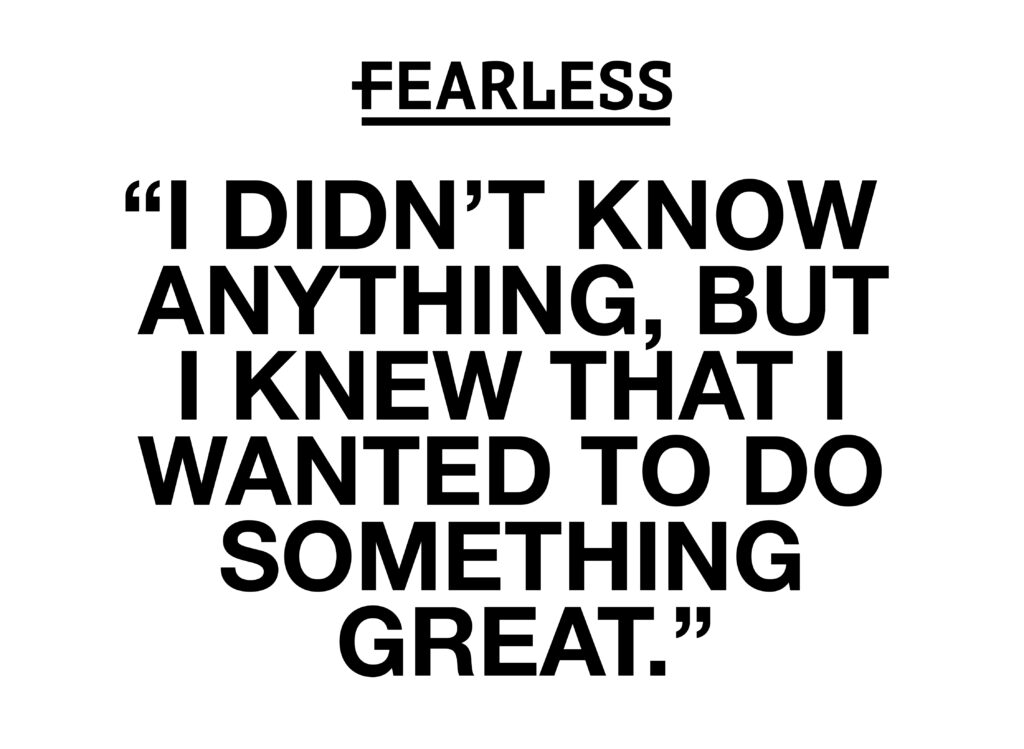McLellan: How do they see you?

DREW MCLELLAN Oct 17, 2019 | 3:56 pm
3 min read time
624 wordsBusiness Record Insider, Sales and MarketingI accidentally initiated a fascinating social experiment that I found very telling in terms of how others perceive us. It served as a timely reminder that I think is worth examining.
I recently had new photos taken that we’ll use for headshots, web banners, speaker bio photos and other marketing purposes. My last ones were from 2015, and I’m a wee bit grayer than I was back then.
In 2015 we shot them in a studio, so there was no background to speak of, which is pretty typical. For these new photos, I wanted them to have a sense of place. My favorite non-Disney city is New York City, so that’s where we shot them. I chose locations that make me happy every time I’m in the city – Grand Central Station, the NYC Public Library, Bryant Park and Times Square. Some photos are tight enough that the location is not a factor, but in many of them, New York City is happening all around me.
We chose 12 photos as the final set. I posted them on Facebook and let the comments and opinions fly. My Facebook connections are a wonderful mix of my personal and professional friends, clients, peers and family.
It was fascinating to see how people reacted to the photos based on the lens through which they saw me. I hadn’t realized how narrow many of those lenses could be. Maybe they didn’t know I did a lot of speaking. Or that teaching was a big part of my job. In some cases, they reacted to my attire as if it were different from what they were used to seeing me wear.
All in all, some people could see past the Drew they knew to appreciate the new photos, but a few really struggled to align their perception of me with the new images.
There were several takeaways for me that I think we can all apply to our work.
Very few people know all of you: I don’t mean this in the personal sense, I mean in terms of your organization. How many times have you had customers say to you, “Oh, I didn’t know you did that?” We have to continually be circling back to the basics of helping our prospects and customers see all of what we have to offer. That is not a one and done communications assignment. We need to keep emphasizing the aspects of our business we want the consumers to remember.
Their view isn’t wrong: I remember one of the axioms I learned when I was studying advertising back in college. Perception is reality. When someone sees your company or offerings in a certain light, for them, that is their reality. It may not be the reality you want them to see, or you may wish you could broaden it. But don’t discount how they see you. Odds are, they are not the only ones, so learn what you can about their take. It may present some new opportunities for you.
There are lessons to be learned: As people push back on how you’re presenting yourself, listen carefully for clues as to why they see your company the way they do. You may be unknowingly creating a false or partial perception in your communications. This is where investing in research can prove to be invaluable. Finding the underlying triggers for their view of you could help you refine your message to make sure you aren’t sending the wrong signals.
When we’re talking about brands and correlating perceptions with our clients, we will often say, “You can’t accurately read the label if you’re sitting inside the jar.” So take full advantage when people describe the label to you. n










